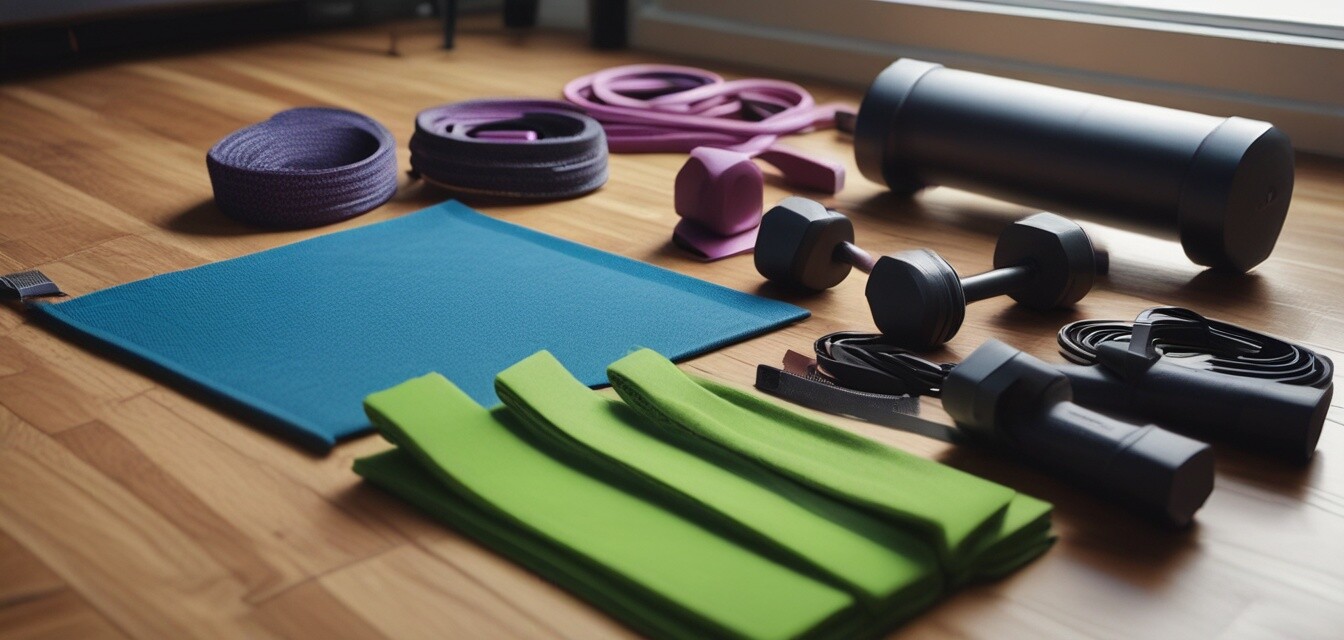
Top Flexibility Tools for Seniors: Improve Mobility
Key Takeaways
- Flexibility tools help maintain and improve mobility in seniors.
- Common tools include yoga mats, resistance bands, and balance boards.
- Choose tools based on safety, effectiveness, and ease of use.
- Regular use of these tools can enhance daily activities and promote overall well-being.
As we age, maintaining flexibility becomes crucial not only for performing daily tasks but also for enhancing overall quality of life. Flexibility tools can greatly assist in improving mobility, reducing stiffness and discomfort while providing effective means for exercise. In this comprehensive guide, we will evaluate the top flexibility tools specifically designed for seniors, ensuring they are safe and easy to use.
Why Flexibility Matters for Seniors
Flexibility plays a significant role in seniors' health. It can help:
- Reduce muscle tension and stiffness
- Improve balance and stability
- Enhance overall physical performance
- Decrease the risk of injuries
Top Flexibility Tools for Seniors
| Tool | Description | Benefits | Considerations |
|---|---|---|---|
| Yoga Mats | A non-slip surface ideal for stretching and exercising. | Provides comfort and stability during workouts. | Ensure the mat is thick enough for cushioning. |
| Resistance Bands | Elastic bands that provide adjustable resistance for various exercises. | Great for enhancing flexibility and building strength. | Start with light resistance and progress gradually. |
| Balance Boards | Tools designed to improve balance and stabilize core muscles. | Improves coordination and strengthens lower body stability. | Use with caution to avoid falls. |
| Foam Rollers | Cylindrical tools for self-myofascial release. | Helps alleviate muscle soreness and increases blood flow. | Start with gentle pressure and short durations. |
| Stretching Strap | A strap that assists in holding stretches more effectively. | Improves flexibility without straining muscles. | Choose a strap with comfortable handholds. |
Choosing the Right Flexibility Tools
When selecting flexibility tools, consider the following:
- Safety: Ensure tools are stable and designed specifically for seniors.
- Ease of Use: Simple mechanisms and instructions are crucial.
- Comfort: Materials should be gentle on the body and cushioning.
- Versatility: Tools should allow for a range of exercises.
Additional Resources
To further enhance your understanding and choice of flexibility tools, check out our other buying guides:
- Yoga Mats
- Resistance Bands
- Balance Boards
- Safety Tips for Exercising
- Latest Trends in Senior Fitness
Tips for Effective Use of Flexibility Tools
Beginners Section
- Start with short sessions before gradually increasing duration.
- Always warm up before using the tools to prevent injuries.
- Focus on controlled movements rather than rushing through exercises.
- Listen to your body and stop if you feel pain.
- Consider working with a trainer to learn proper techniques.
Pros
- Enhanced mobility and flexibility
- Supports independence in physical activities
- Can be done at home or in a group setting
- Helps build strength alongside flexibility
Cons
- Improper usage can lead to injuries
- May require initial investment in tools
- Pace can vary based on individual abilities
Final Thoughts
Incorporating flexibility tools into your exercise routine can have profound implications for improving mobility in seniors. As we age, it's essential to maintain a regular exercise regimen that is safe and effective. By selecting the right tools and utilizing them properly, seniors can not only enhance their flexibility but also enrich their quality of life. Remember to consult with a health professional before starting any new exercise program.